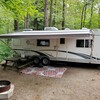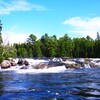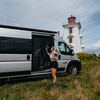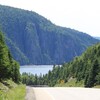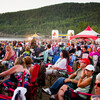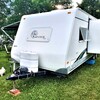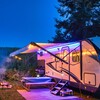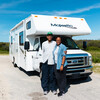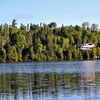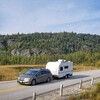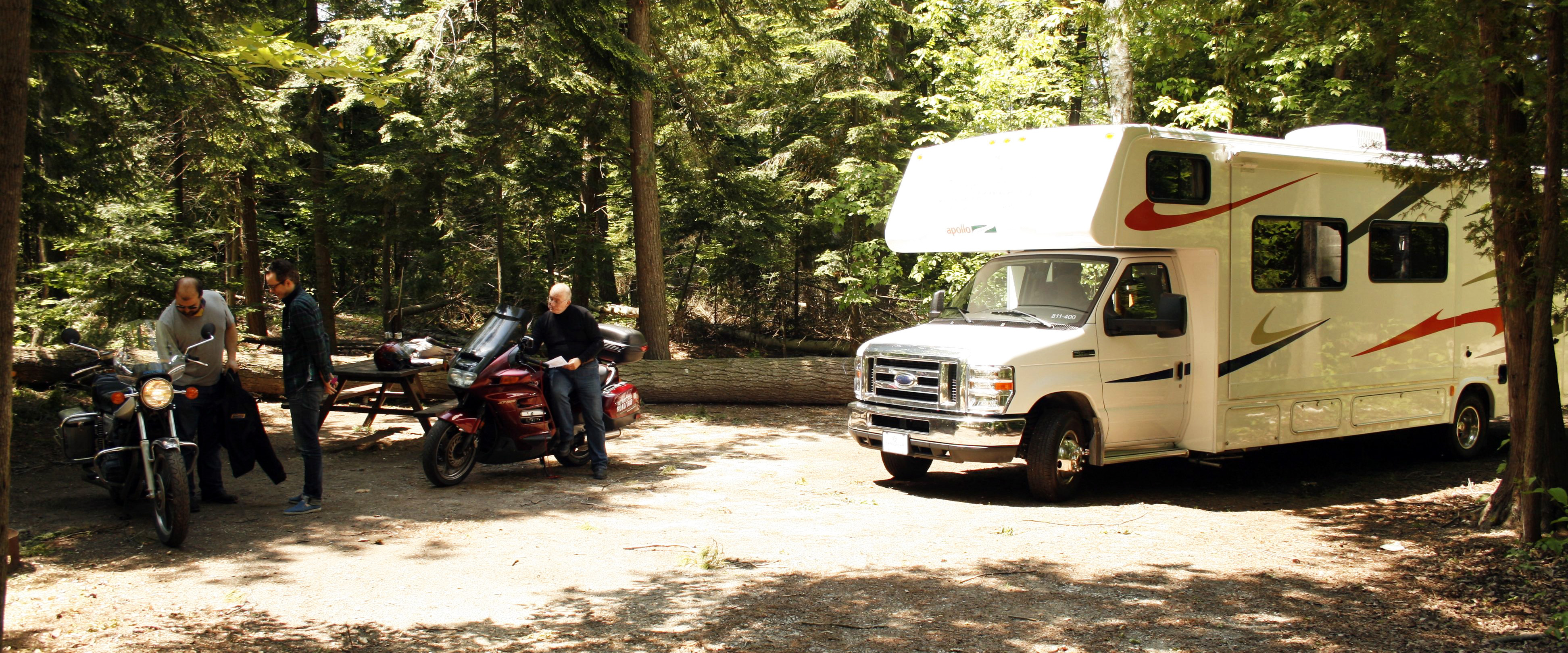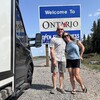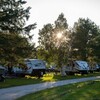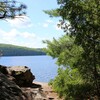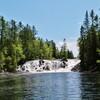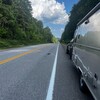
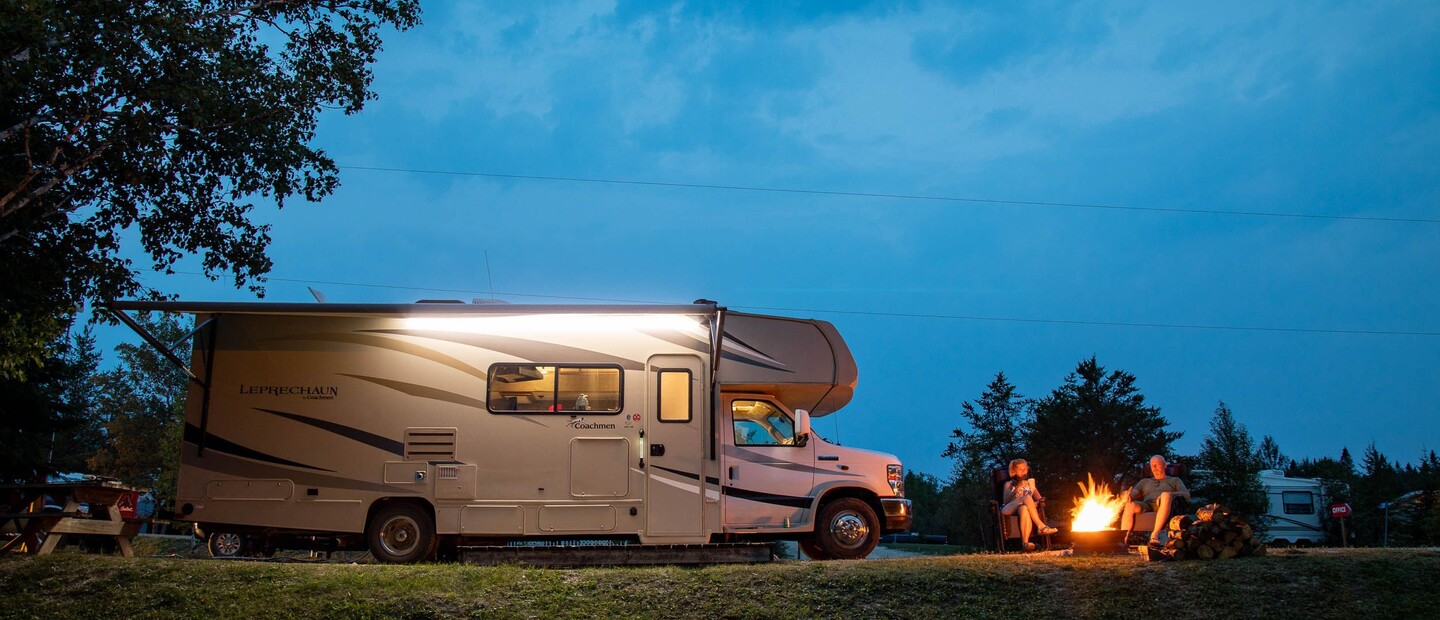
How To Plan the Ultimate RV Trip: A Beginner's Guide
Whether you're heading out on your first-ever RV camping trip in Ontario or kicking off a new season on the road, careful planning is key to a smooth and enjoyable journey. Choosing the right adventure—a 10-day provincial park tour or a camping adventure on Manitoulin—as well as your RV campground is an important part of planning your trip. Factors like site size, amenities, and proximity to attractions are all things to consider. With the right preparation, your Northern Ontario RV trip can be a seamless mix of comfort, adventure, and unforgettable landscapes.
Where will you park your home-on-wheels first?
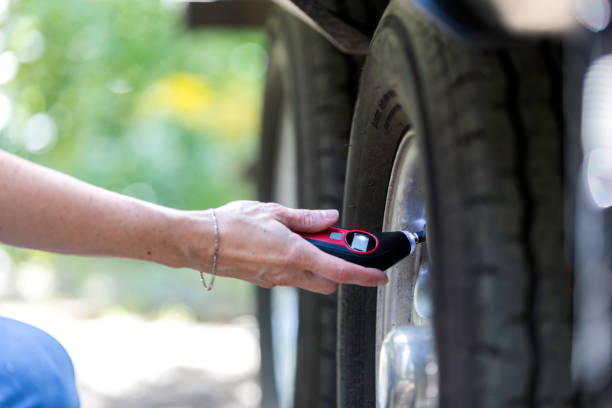
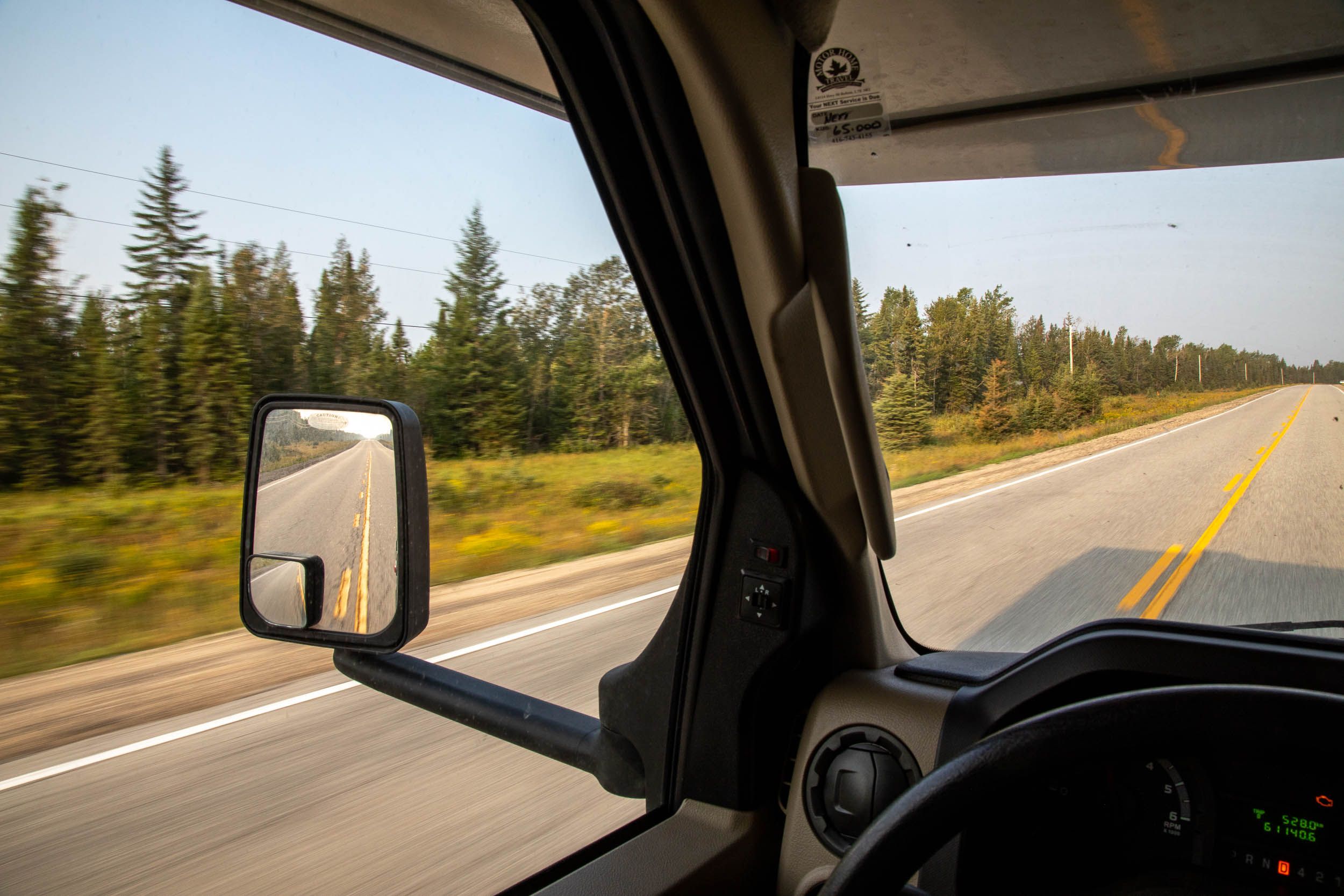
RV Purchase Options for Newbies
When it comes to ‘wheeled campers’, there are essentially six options:
- A-Class Recreational Vehicle/Motorhome
- C-Class Recreational Vehicle/Motorhome
- Fifth wheel trailer
- Camping trailer
- Hybrid camper
- Tent trailer
Each choice has its pros and cons when it comes to purchasing and usage. Which one is right for you depends on your needs and budget. Check out my latest feature on the 2025 RV Industry with tips on purchasing pre-owned to save big bucks!
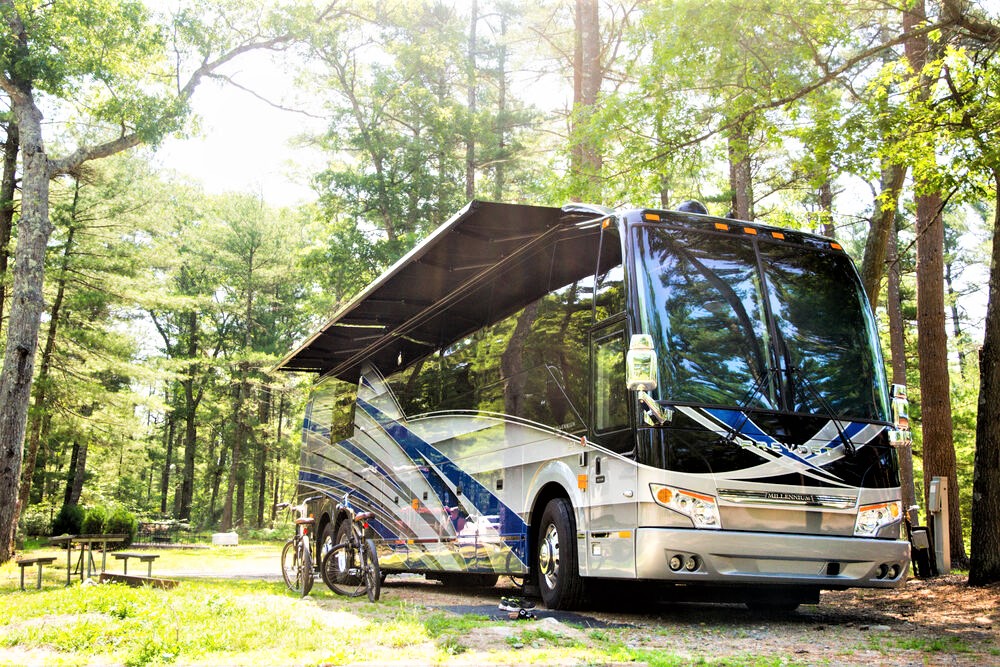

Trailer Towing Safety
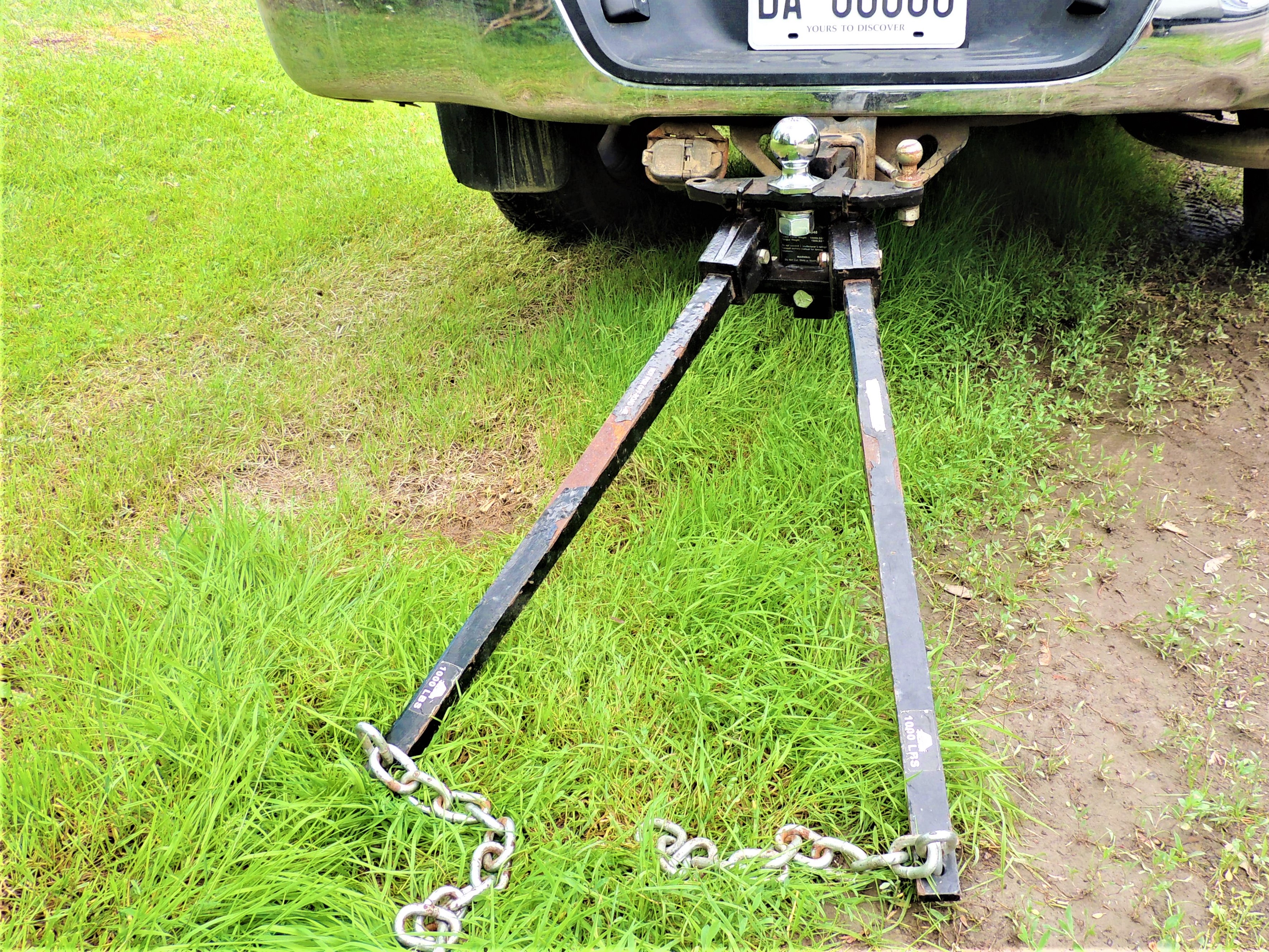
Start by ensuring your RV is road-ready—check the tires, brakes, plumbing, and electrical systems. Familiarize yourself with essential operations like water, electricity, and sewage hookups, and confirm that your tow vehicle can safely handle your trailer’s weight and dimensions. And read up on bear-proofing your RV!
Perhaps the biggest safety concern when heading north with a trailer or RV for the first time (or that first trip of the year) is towing/driving safety. If you have never towed a trailer before, you must first ensure that your tow vehicle’s towing capacity is adequate for the trailer you wish to haul. Your trailer’s dry weight should never be more than 90% of your vehicle’s towing capacity and preferably less. For example, if your tow vehicle (usually an SUV or Truck) has a towing capacity of 5000 pounds, never tow a trailer with a dry weight heavier than 4500 pounds at the absolute maximum. The heavier you go, the more dangerous it could be. Understanding the basics of trailer/RV towing goes a long way to ensuring that the first camping trip is memorable for the right reasons.
Make sure to pack essentials like levelling blocks, power cords, and extra hoses, and always have an itinerary backup plan in case of unexpected detours or weather changes.
Choosing That Perfect Spot: How To Find the Best RV Camping Spots in Northern Ontario
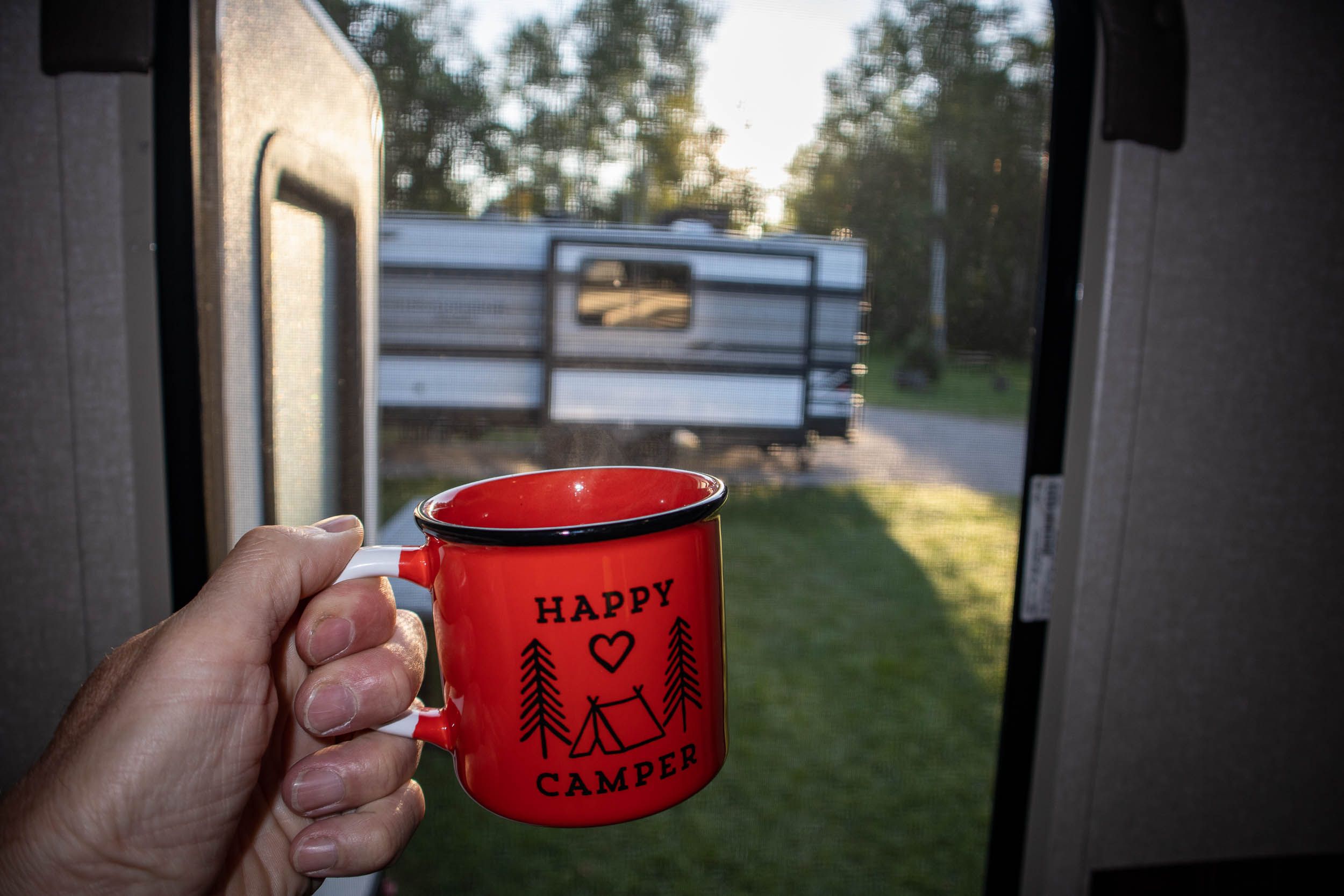
Northern Ontario offers an incredible range of RV-friendly sites, from full-service campgrounds near major attractions to remote lakeside retreats perfect for stargazing. When choosing the best camping/RV spot in Northern Ontario for you, consider proximity to nature, amenities, and accessibility. Look for locations near lakes, forests, or scenic vistas for a true wilderness experience. Ensure the site offers reliable utilities like water, electricity, and waste disposal if needed. Accessibility is key, especially when travelling with an RV—check road conditions and space for maneuvering. Research the local weather, as some areas may be prone to heavy rain or extreme temperatures. Some popular spots in Ontario include my favourites, Algonquin Provincial Park, Killarney Provincial Park, and Thunder Bay KOA Holiday, all offering beautiful landscapes and diverse activities. Consider destinations like Pancake Bay Provincial Park along Lake Superior’s scenic coastline.
For a well-rounded trip, plan an itinerary that balances outdoor adventure and local attractions. I recommend visiting Kakabeka Falls, known as the Niagara of the North, or check out Sudbury’s famous Big Nickel at Dynamic Earth.
RV Camping in Northern Ontario: Provincial Parks vs. Private Campgrounds

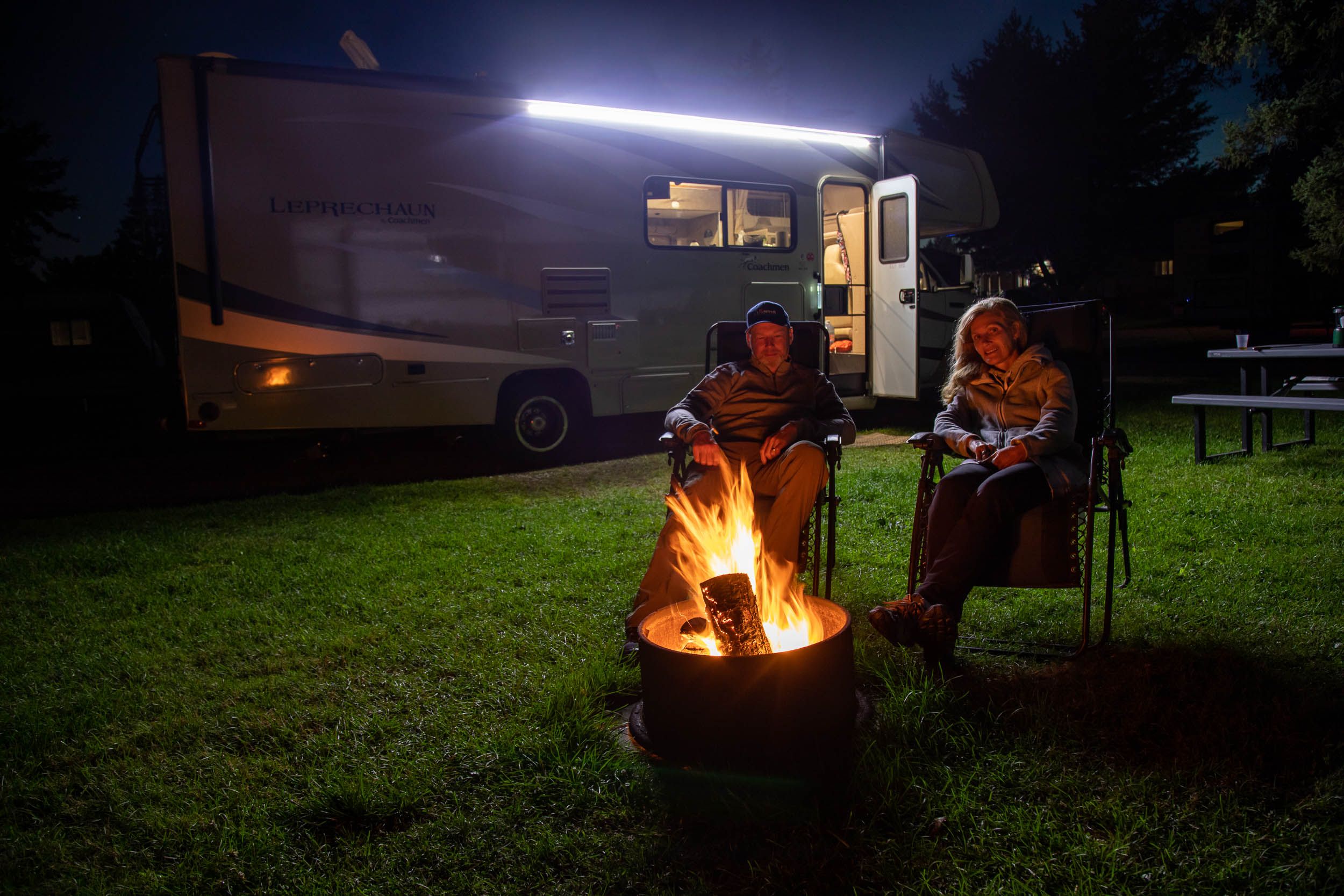
Now that you have your RV prepared and ready to go, and a direction to point it in (i.e. North), the next question is provincial park or private campground. Having camped in dozens of each type over the past 40+ years, I learned that one is not better than the other; they are just different. Provincial parks typically offer a more natural, rustic experience with scenic surroundings and outdoor activities like hiking, fishing, and wildlife watching. These parks, however, tend to have fewer amenities with basic facilities such as pit toilets and limited hook-ups.
By contrast, private campgrounds such as the popular KOA Campgrounds generally offer more comprehensive amenities like full hookups, showers, Wi-Fi, and organized activities. One downside of private parks is that they tend to be less secluded than provincial parks. Provincial parks appeal to those seeking solitude and immersion in nature, while private campgrounds are ideal for campers who prefer convenience and additional comforts. Private also caters more to larger rigs, offering 50-amp service and pull-through sites for fifth wheels and large A-Class RVs alike. It all comes down to preference, and the choice is yours.
Happy RVing, Y’all!
Regardless of where you choose to RV for the first time, you will find me somewhere off-the-beaten-path, in North Ontario...enjoying the sights and sounds of summer camping.
Recommended Articles

The Complete 2026 List of RV Shows in Ontario
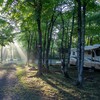
RV Camping Sites in Ontario: The Ultimate Guide
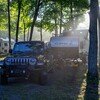
An RV Camping Guide to Ontario's Provincial Parks
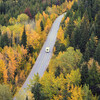
4 Essential RV Itineraries From Toronto

5 Tips on How to Go Full Time Remote Work With Your RV
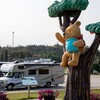
RV Summer School: An Educational Road Trip That Kids Will Actually Enjoy
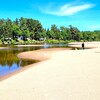
A Guide to RV Camping at Pancake Bay Provincial Park
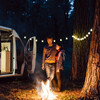
Love on the Run
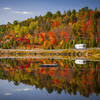
Have Your Toured Ontario's Provincial Park Nature Trail?
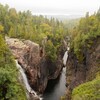
An RVer's Guide to the Voyageur Trail
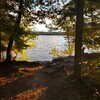
Camping and RVing in Restoule Provincial Park
